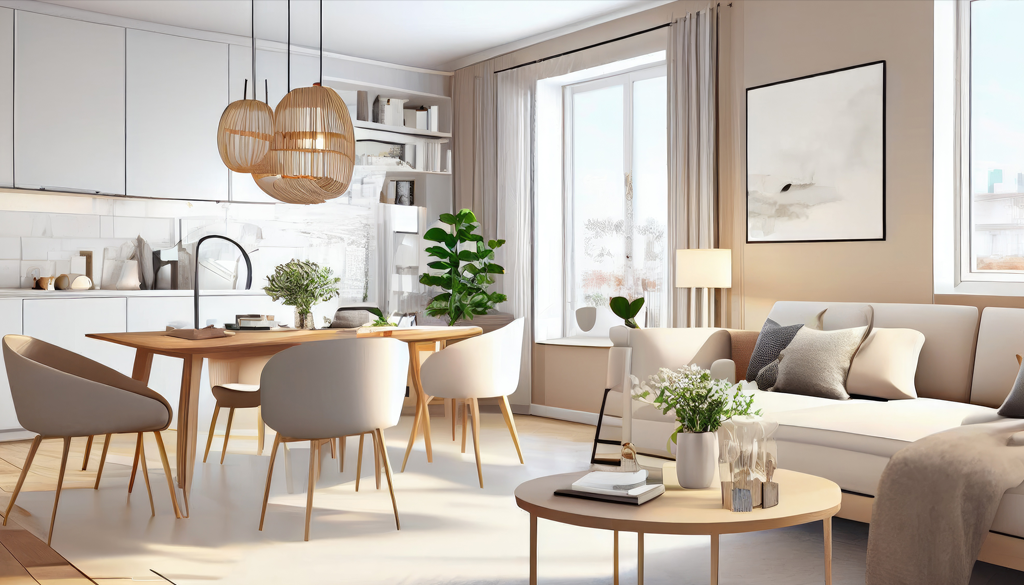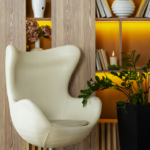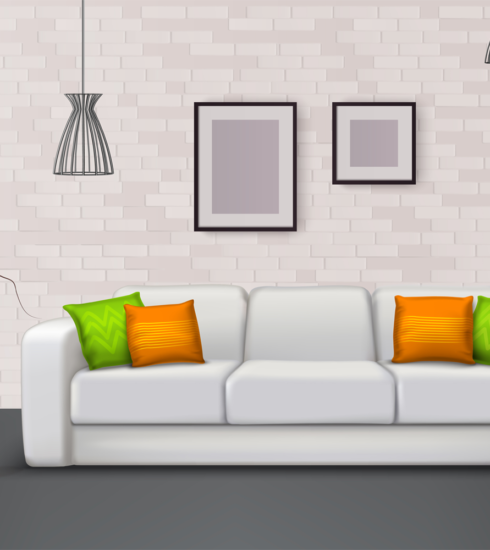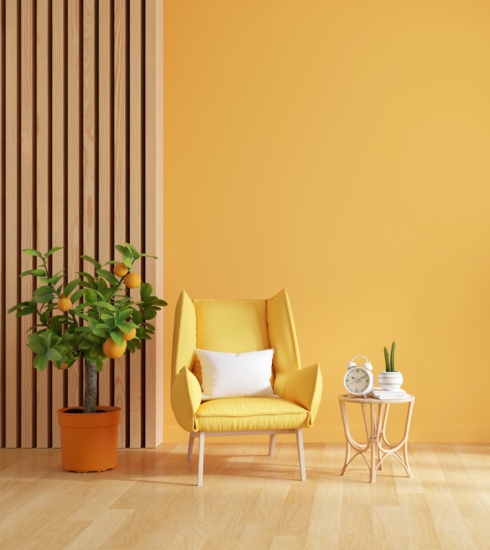5 Incredible Space-Saving Furniture Ideas to Add Elegance to Your Home
It doesn’t matter how big or small a home is; everyone can feel safe there and can find serenity and pleasure. Small areas are viewed as well as comfortable, viable, and cost-effective. Even though it could be difficult to design your little room to meet your needs, if you have a plan for what furniture to buy, how to organise the space, and which colour scheme would best represent your philosophy of life, the end product might be picture-perfect.

A MULTIPURPOSE TABLE
Furniture with various purposes is a great way to preserve space in a living area. For example, in addition to offering storage space, an extensible coffee table can be used as a laptop table or an eating area when it is drawn out. Nesting tables are a great option for a small living area.
As side and coffee tables, these stacking tables are useful. They also serve as a large table when all of them are together. You may simply stack them when you need extra floor space and then pull them out if you have guests. They can even be used separately as additional surfaces in other areas of the room.
FURNISHINGS AROUND ENTRYWAY
Since entryways are often narrow, better storage options are required for keeping shoes in such restricted spaces. Consider placing a wall-mounted shoe cabinet behind the door to keep shoes out of sight and free up more floor space. You can add an ottoman with hidden storage to put things like raincoats, hats, scarves, blankets, and other items you frequently gather before leaving the house. An ottoman can serve as an additional footrest, a seat for tying shoelaces, etc.
PREFER CUSTOM FURNISHINGS
In addition to foldable furniture, customised furniture pieces also substantially help in maximising space. For instance, if a closet, sofa, or bed is specifically made to fit into a particular place, one may be confident that not even an inch of the area is lost. You can also add storage elements to this furniture to optimise the available space.
USE THE KITCHEN SPACE
Make sure your kitchen has both open shelves (for simple storage of items you need to take every day) and closed shelves (for keeping items you do not need regularly). This is true even if modular kitchens are the standard. Turn wasted space into storage by connecting ledges or open racks to the corners.
Use furniture in lofts and vertical racks as well as all other vertical spaces. Choose a handle-less fitting for closed shelves for a fashionable appearance and enough space to walk around the kitchen.
FOLDABLE FURNITURE FOR SMALL SPACES
Despite the fact that everyone should have a separate workspace at home, the majority of us do not have the luxury of a large space. Use foldable furniture for small spaces, such as a folding table and motion chair, to solve the space problem and give a well-engineered comfortable workstation. These two pieces of furniture may be folded or rolled up when not in use and stored in a small space.










